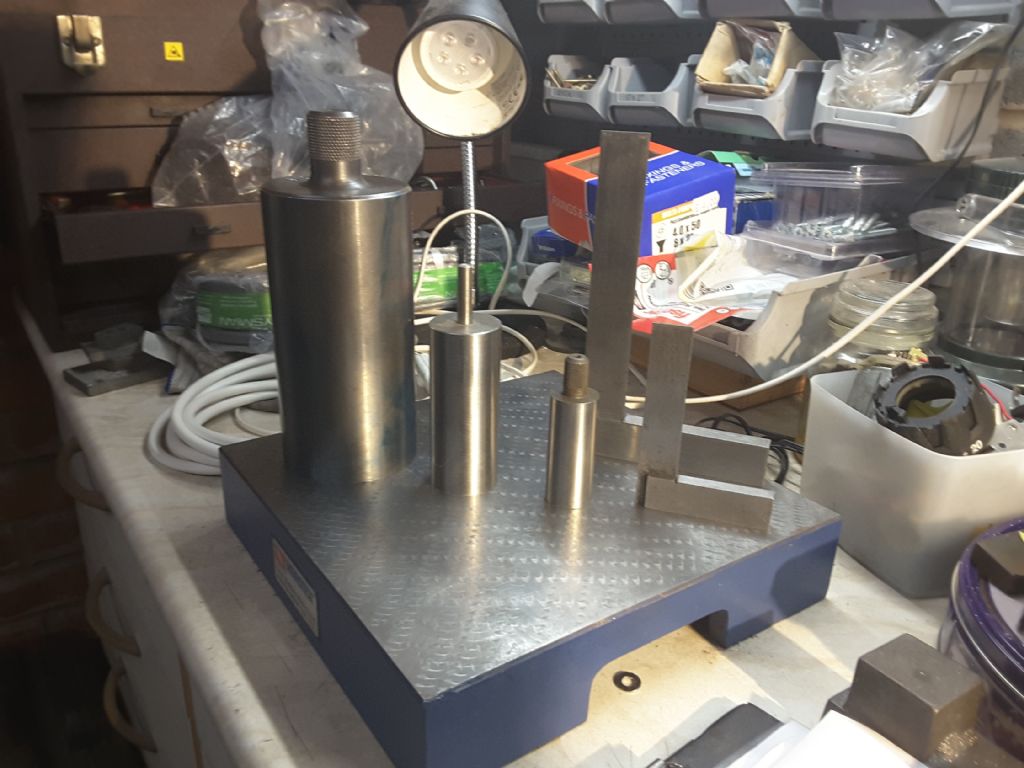(1) I’ve never actually done this but it should be possible to make a ‘permanent square tester’ out of two straight edges – one short and one long – about 2:1 ratio .
Fix the short straight edge to the centre of the long straight edge in the manner of a very stubby T square with some means of allowing slight movement and then final hard lockdown .
The short straight edge has two edges checked to be exactly parallell .
On the first occassion of use true your square and set the short straight edge square to the long one on the tester by trial and error and correction of any errors in the square itself by filing/stoning . Essentially you are using the standard turn around test but using a bar as the scribed line and getting a permanent reusable reference at the end .
(2) Very high grade reference squares are usually only accurate on the outside faces . Inside squares are usually made by testing against an outside square .
MW
KWIL.






